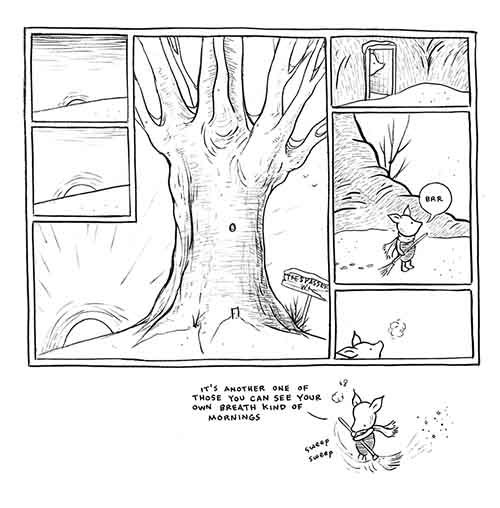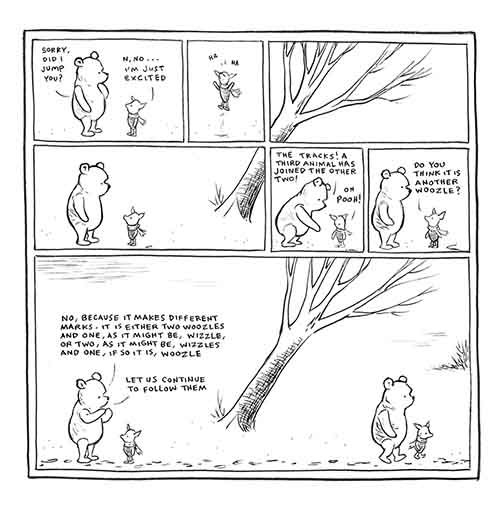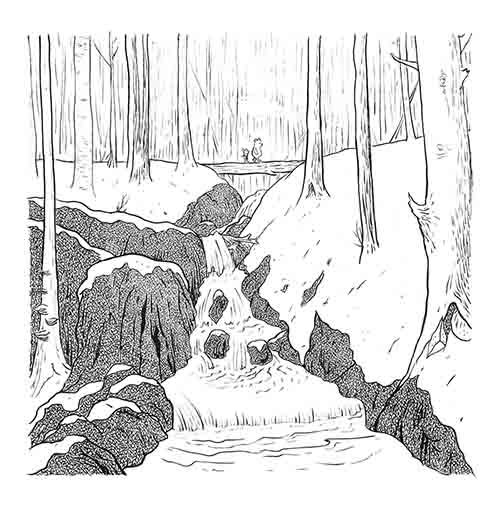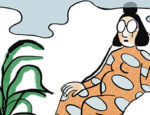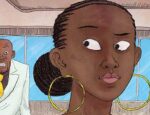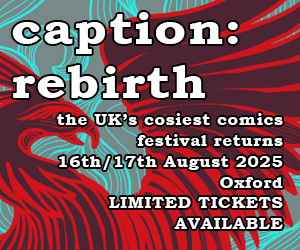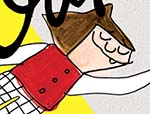Does a graphic adaptation of a literary classic deserve to exist? It’s the kind of question that lovers of music tend to obsess over whenever a remixed version of an old favourite starts to play. The answer, as always—and across genres, platforms, or formats—is that an adaptation depends upon the subject as well as upon who is doing the reinterpretation.
Consider Travis Dandro’s Winnie-the-Pooh, which appears only because history has made it possible. The original classic by English writer Alan Alexander Milne and artist Ernest Howard Shepard entered the public domain in the United States a full 95 years after it was first published in 1926. It allowed a lot of people to try their hand at doing something with that lovable teddy bear, with questionable results that included a British indie horror film called Winnie the Pooh: Blood and Honey.
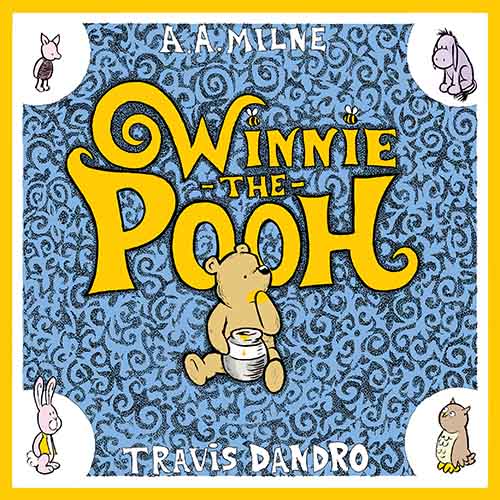
Dandro’s version is devoid of blood and guts, opting for some good old-fashioned tugging of the heartstrings instead. “Thank you to A. A. Milne,” he declares at the outset, “especially for his sense of humour which I tried to keep intact. And to Ernest Shepard for his inspirational drawings that seem to come to life on the page.” It is a straightforward description of the attempt that follows, introducing us to Pooh, Christopher Robin, Eeyore, and other inhabitants of Hundred Acre Wood.
There is much to appreciate in these pages, starting with art that faithfully captures the modest brilliance of Shepard’s original work. What Dandro does is shine a light on the smaller moments, such as one where Piglet sits beneath a tree and blows on a dandelion. By doing this, he compels readers to savour what are otherwise deceptively simple tales. It leaves one with a sense of nostalgia, which is why the adaptation works as well as it does. Some of the stories may be familiar to those who have read the book, or watched what Disney has been putting out for years, but Dandro also brings an original tale to the collection, and it is to his credit that it doesn’t feel out of place at all.
There are all kinds of reasons why Winnie-the-Pooh was successful when it first appeared almost a century ago, as well as why it has endured for as long as it has. While the innocence of nature must have acted like a balm for troubled readers still in recovery from a horrific world war, there is a certain universality in its emphasis on make-believe worlds that children love to create and thrive in. For adults, it presumably acts as a trigger for simpler times, or for the bittersweet and poignant sense of loss that accompanies every journey from childhood to adulthood. Dandro’s version, like the original, internalises these preoccupations and celebrates their nuances. The result is like a warm and nourishing bowl of soup on a cold evening.
Ultimately, when it comes to something so endearing, the efficacy of an adaption or reinterpretation ceases to matter. Even language fails to become a factor. It’s why a Latin translation of Winnie-The-Pooh published in 1960 became the only Latin title to earn a spot on The New York Times’ bestseller list. It sold 125,000 copies and stayed on for 20 weeks. Travis Dandro has chosen well.
Travis Dandro (W/A) • Drawn & Quarterly, $29.95
Review by Lindsay Pereira





